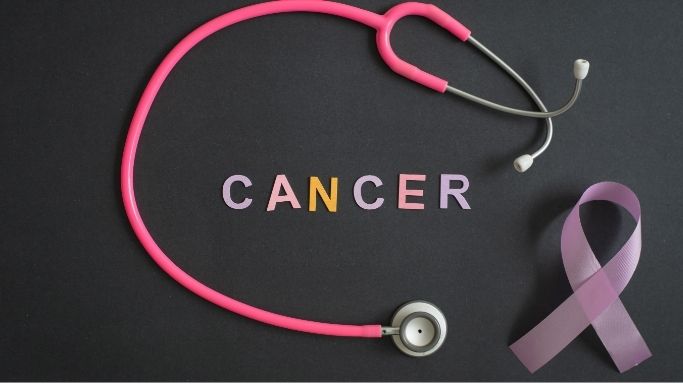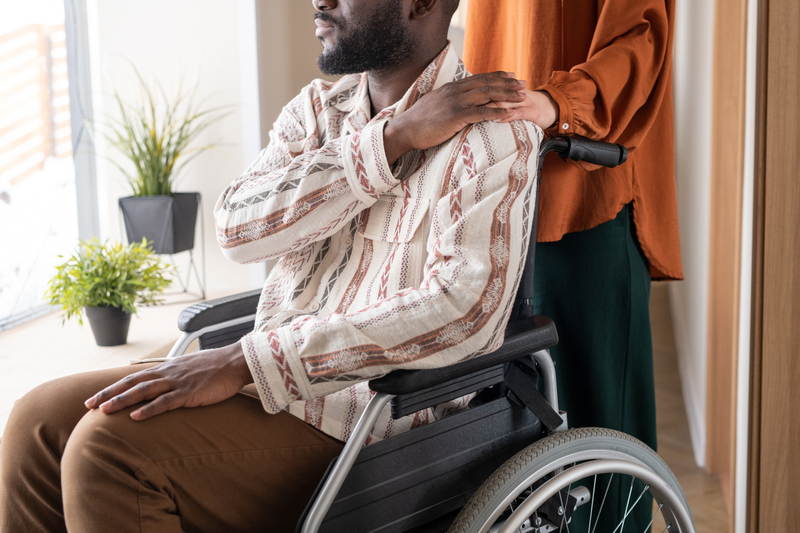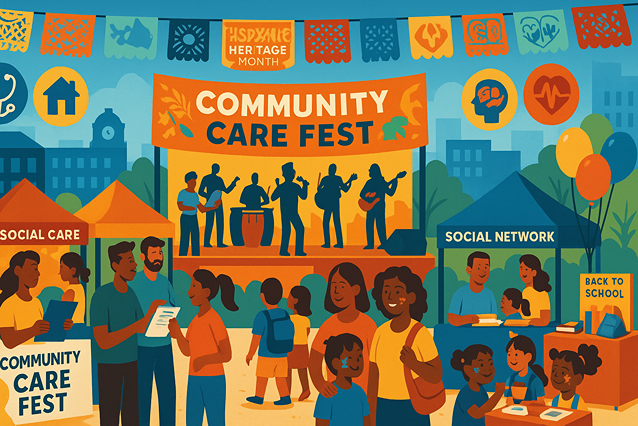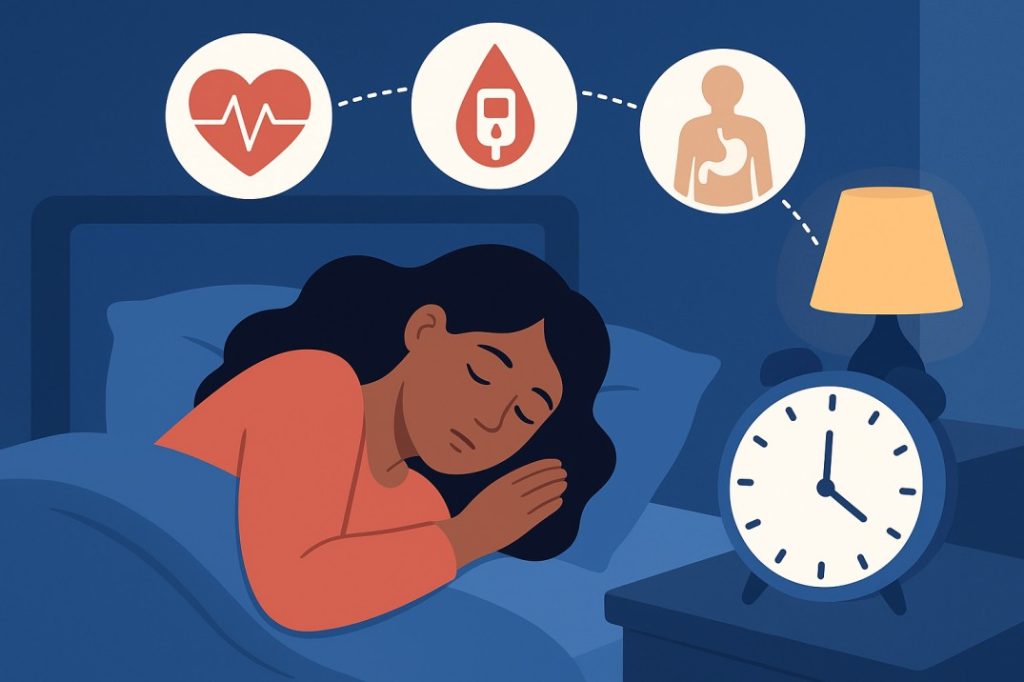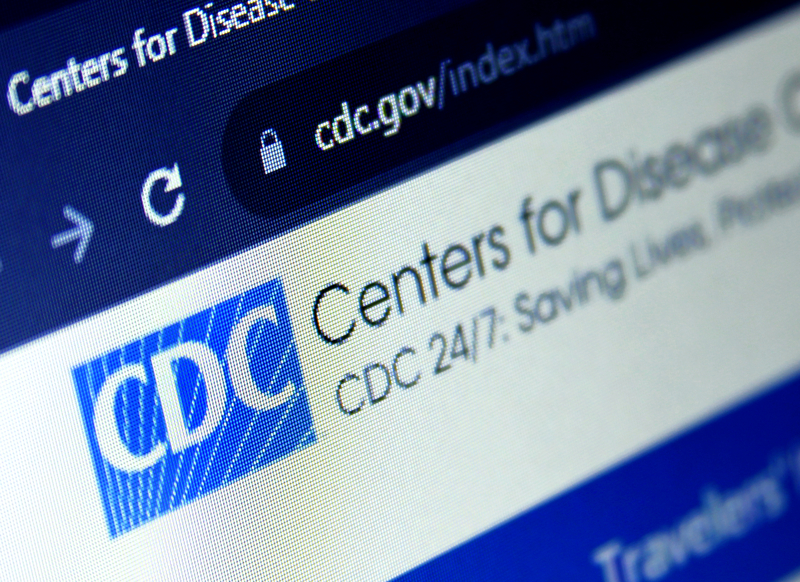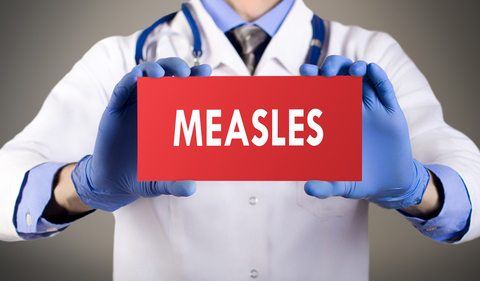HispanicLatinx
Technology-Based Interventions in Substance Use Treatment to Promote Health Equity Among People Who Identify as African American/Black, Hispanic/La...
This article was originally published here
JMIR Res Protoc. 2022 May 17;11(5):e34508. doi: 10.2196/34508.
ABSTRACT
BACKGROUND: Technology-based in...
Wake Forest University School of Medicine awarded grant to study non-opioid pain management in Hispanic/Latinx cancer survivors
…specifically for non-English speaking populations in the U.S.
To address this disparity in access to pain management for Spanish-speaking Hi...
Antibiotic prescriptions to Black and Hispanic/Latinx patients in the U.S. are often inappropriate
LISBON – Two-thirds of antibiotic prescriptions written for Black patients and more than half of antibiotic prescriptions for Hispanic/Latinx patie...
Hispanic/Latinx ethnic subgroup differences in sociodemographic, sociocultural, and smoking characteristics in a cessation trial: An exploratory study
Introduction:
Hispanic/Latinx smokers in the United States are often treated as a homogeneous group. However, population-based studi...
Development of a text message-based intervention for follow-up colposcopy among predominately underserved Black and Hispanic/Latinx women
Purpose:
Underserved Black and Hispanic/Latinx women show low rates of follow-up care after an abnormal Pap test, despite the fact t...
Trending Topics
Features
- Drive Toolkit
Download and distribute powerful vaccination QI resources for your community.
- Health Champions
Sign up now to support health equity and sustainable health outcomes in your community.
- Cancer Early Detection
MCED tests use a simple blood draw to screen for many kinds of cancer at once.
- PR
FYHN is a bridge connecting health information providers to BIPOC communities in a trusted environment.
- Medicare
Discover an honest look at our Medicare system.
- Alliance for Representative Clinical Trials
ARC was launched to create a network of community clinicians to diversify and bring clinical trials to communities of color and other communities that have been underrepresented.
- Reducing Patient Risk
The single most important purpose of our healthcare system is to reduce patient risk for an acute event.


